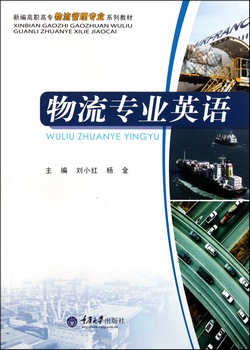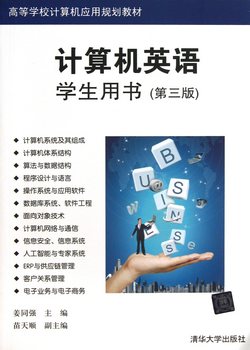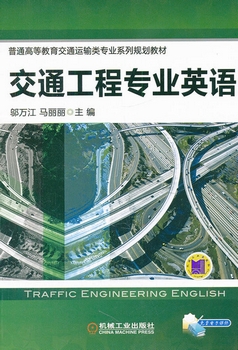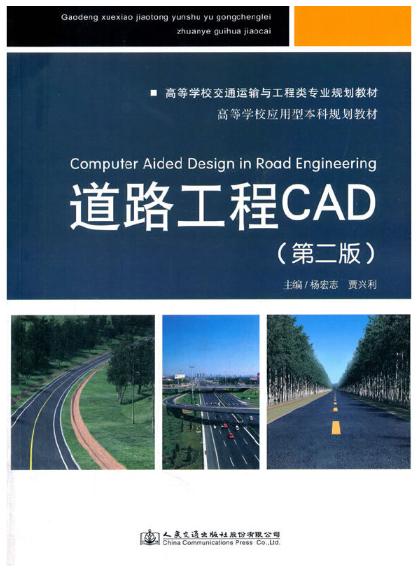现代物流专业英语(第二版) / 21世纪电子商务与现代物流管理系列教材
定价:¥28.00
作者: 易牧农等
出版时间:2014-04
出版社:中国水利水电出版社
- 中国水利水电出版社
- 9787517017769
- 2版
- 31206
- 47154833-9
- 16开
- 2014-04
- 232
- G 文化、科学、教育、体育
- 电子商务
- 本科
作者简介
内容简介
本书参考了大量国外物流管理领域最新的专业文献,概括地介绍了物流管理的基本概念、基本理论和基本框架。全书共分为十章,主要包括:物流概述、顾客服务、物流战略、供应链管理、存货战略与管理、运输战略、仓储管理、物流信息技术、物流组织、物流趋势、译文等内容。目的是培养大学二年级以上学生阅读物流管理领域英文文献的能力和初级翻译技巧。本书主要作为物流管理及相关专业本科学生的教科书、参考书,也可作为物流管理工作者进一步提高物流管理方面英语阅读能力和水平的参考书。
目录
前言
Chapter 1 An Introduction to Logistics
1.1 What Is Logistics?
1.2 The Logistics of Business Is Big and Important
1.3 The Work of Logistics
1.4 Logistical Operations
Chapter 2 Customer Service
2.1 The Marketing And Logistics Interface
2.2 What Is Customer Service?
2.3 Service-driven Logistics System
Chapter 3 Logistical Strategy
3.1 The Mission of Logistics Management
3.2 How Is Logistic Strategies Fit Achieved
Chapter 4 Supply Chain Management
4.1 Supply Chain Components
4.2 Role of Logistics in Supply Chain
4.3 Mapping Supply Chain
Chapter 5 Inventory Strategy and Management
5.1 Inventory Functionality
5.2 Inventory Cost
5.3 Planning Inventory
5.4 Inventory Management Practices
Chapter 6 Transportation Strategy
6.1 The Role of Transportation
6.2 Factors Affecting Transportation Decision
6.3 Transportation Mode
6.4 Design Options for Transportation Network
6.5 Trade-off in Transportation Design
Chapter 7 Warehousing Management
7.1 Warehouse Role in Supply Chain
7.2 Warehouse Operations
7.3 Warehouse Planning
7.4 Initiating Warehouse Operations
Chapter 8 Logistic Information Technology
8.1 Importance of Information in Logistics
8.2 Information Technology
8.3 Information Technology in Practice
Chapter 9 Logistical Organization
9.1 Development of Logistical Organization
9.2 The Third-party Logistical Organization
9.3 The Fourth-party Logistical Organization
Chapter 10 Logistic Trend
10.1 Green Logistics
10.2 E-Commerce Logistics
附录一 参考译文
附录二 References
Chapter 1 An Introduction to Logistics
1.1 What Is Logistics?
1.2 The Logistics of Business Is Big and Important
1.3 The Work of Logistics
1.4 Logistical Operations
Chapter 2 Customer Service
2.1 The Marketing And Logistics Interface
2.2 What Is Customer Service?
2.3 Service-driven Logistics System
Chapter 3 Logistical Strategy
3.1 The Mission of Logistics Management
3.2 How Is Logistic Strategies Fit Achieved
Chapter 4 Supply Chain Management
4.1 Supply Chain Components
4.2 Role of Logistics in Supply Chain
4.3 Mapping Supply Chain
Chapter 5 Inventory Strategy and Management
5.1 Inventory Functionality
5.2 Inventory Cost
5.3 Planning Inventory
5.4 Inventory Management Practices
Chapter 6 Transportation Strategy
6.1 The Role of Transportation
6.2 Factors Affecting Transportation Decision
6.3 Transportation Mode
6.4 Design Options for Transportation Network
6.5 Trade-off in Transportation Design
Chapter 7 Warehousing Management
7.1 Warehouse Role in Supply Chain
7.2 Warehouse Operations
7.3 Warehouse Planning
7.4 Initiating Warehouse Operations
Chapter 8 Logistic Information Technology
8.1 Importance of Information in Logistics
8.2 Information Technology
8.3 Information Technology in Practice
Chapter 9 Logistical Organization
9.1 Development of Logistical Organization
9.2 The Third-party Logistical Organization
9.3 The Fourth-party Logistical Organization
Chapter 10 Logistic Trend
10.1 Green Logistics
10.2 E-Commerce Logistics
附录一 参考译文
附录二 References















